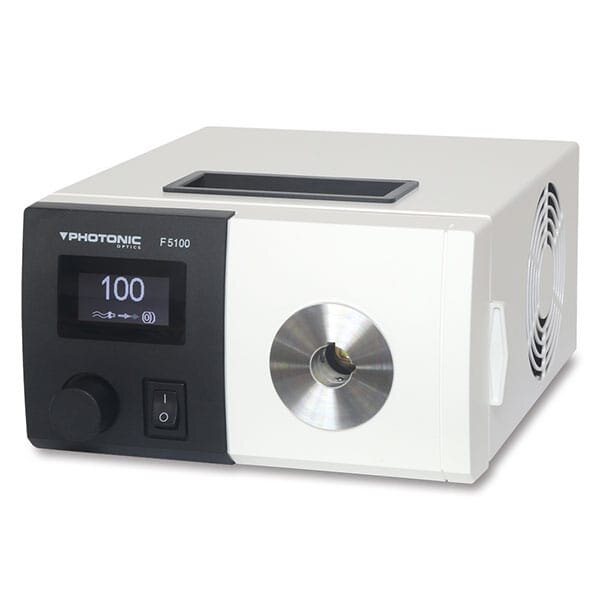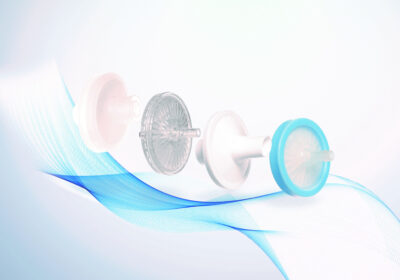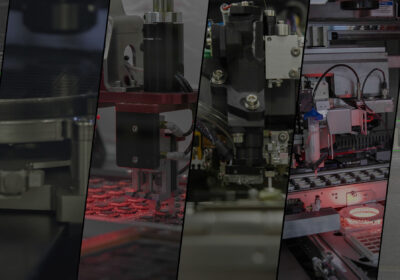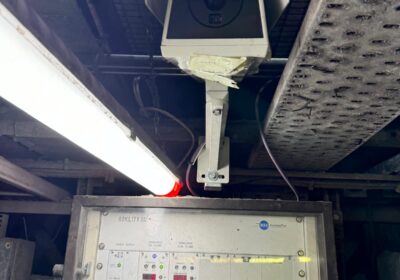If you spend a lot of time looking down a microscope, you know that the key to effective viewing is the light source. Halogen light bulbs typically have a color temperature of around 2800K to 3200K, which gives a warmer, more yellowish light. In contrast, LEDs usually have a higher colour temperature, ranging from 4000K to 6500K or higher, resulting in a whiter (and sometimes bluer) light. LED sources also provide a true colour representation of the object being viewed, which is crucial for accurate observations.
Additionally, LED sources last much longer than halogen sources, meaning no lamp replacement is required and no servicing costs are incurred.
An example of a replacement light source supplied in the UK and Ireland by Optimax is the Photonic F3000 fibre optic LED light source. This unit has been developed for routine and high-end microscopy applications. It is compatible with all fibre optic light guides in the Photonic range and outperforms a 150W halogen light source in terms of luminosity. The robust metal housing is designed for stable operation with gooseneck light guides and stacking stability.

The Photonic F3000 features brighter illumination than a 150W halogen light source and an extended service life of approximately 30,000 hours, eliminating the need for lamp replacement. It offers 70% energy savings and has a colour temperature of 5,800K. The unit includes an electronic shutter function and continuously variable luminance control, with all settings easily configurable via an LCD display. The robust, stable metallic housing ensures stable positioning with gooseneck arms light guides, allowing for vertical positioning. The device operates quietly with a fan and can be controlled via USB and foot switch. It also features an automatic shutdown of LEDs when the light guide is removed and is compatible with the complete range of light guides available.







